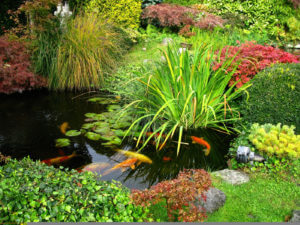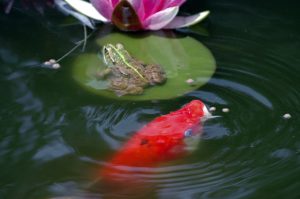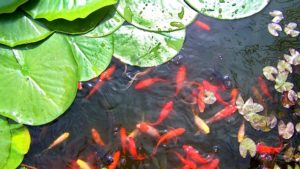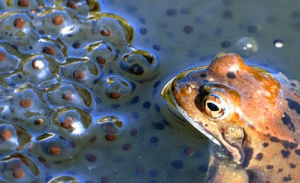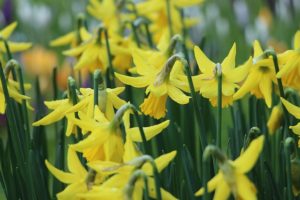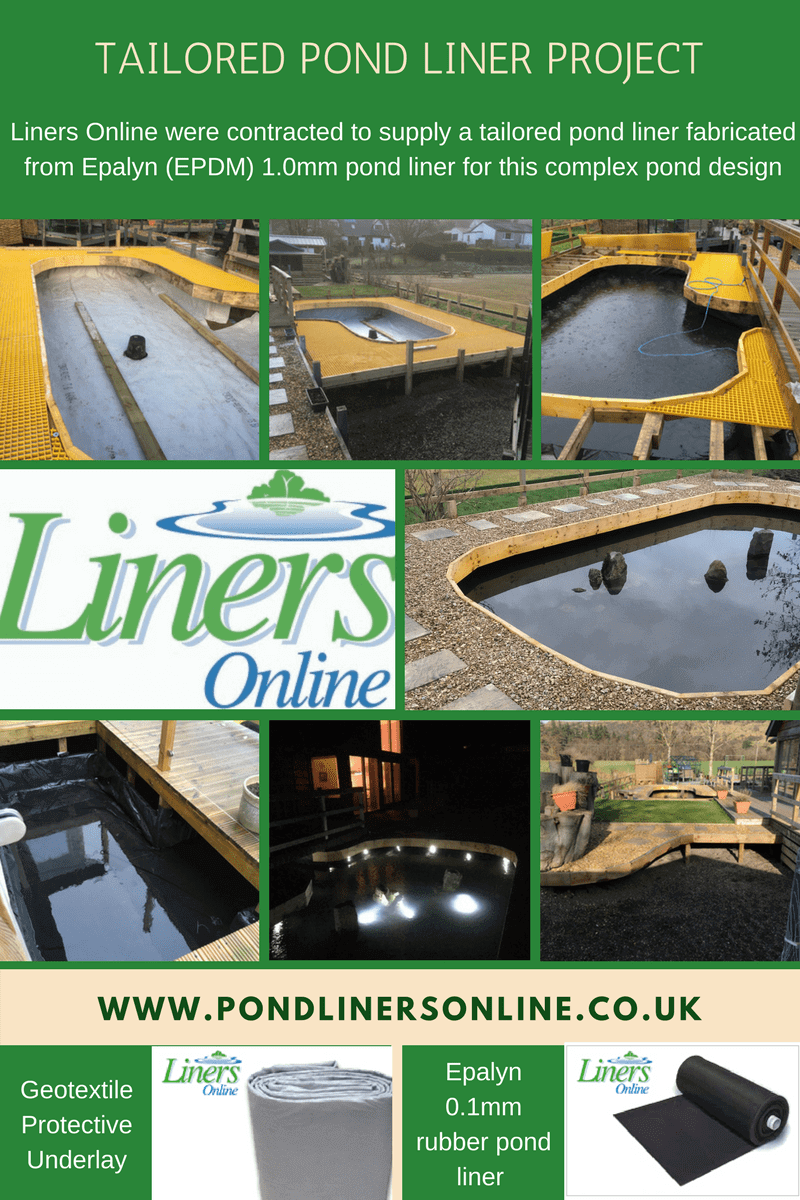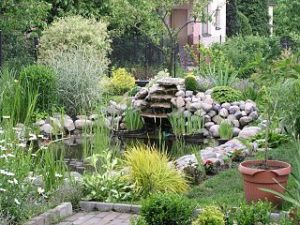A small picturesque waterfall can add a fascinating dimension to a garden pond of any size. The tranquil sound of water splashing into a pond below will turn the most ordinary of gardens into a dream oasis – a place to relax and reflect. If you feel inspired to transform an area of your back garden into a water feature with water trickling over rocks into a pool below then here are a few tips to get you started. And, to help you budget for your project, I will share advice on measuring the amount of pond liner and protective underlay for your pond plus water fall extension.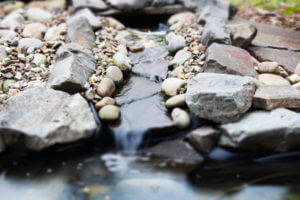
The first step to getting started is to decide where you are going to site your garden pond so that it offers maximum visibility from your house. The next important step is deciding what type of pond – to home Koi carp, to display a stunning array or aquatic plants or a pond built for the purpose of attracting wildlife? Koi need as big a surface area as possible and a pond depth of no less than 1.5 meters. A waterfall will aerate the water acting as a natural oxygenator – helps maintain healthy water and reduce algae growth while providing oxygen to both fish and aquatic plants. But, cascading water can also be hazardous to pond inhabitants so keep this in mind when planning your build.
The best advice given by pond experts and landscape professionals is to do thorough research before embarking on any pond project. This will allow for a confident execution of your pond build as well as save on time and budget. Success is built on the foundation of thorough research! Join pond forum groups to see photos of established ponds. They also provide a platform to bounce off any questions you may have. Dedicated pond liner suppliers are generally experts and will be able to advice you accordingly too.
Using all the research you have gathered together, you can now start planning the design of your pond and waterfall. Refer to a previous article post, for Tips on designing your garden pond
There are preformed ponds and waterfalls which can be bought from specialist suppliers. A less expensive option which is what we prefer is the use of an underlay and flexible rubber pond liner. The reason – allows design flexibility and looks more natural.
List of equipment to build pond and waterfall
To budget your project and to ensure you have everything at hand when you start your project to avoid delays. Here is a list of equipment to get you started >>
- rubber pond liner
- protective underlay
- high efficiency submersible pond pump (possibly 2 – one for the pond to pump water through a filter and the other to pump water for flow into pond along waterfall)
- filter
- Tubing for pumped water to top of waterfall
- rocks/boulders
- stone slabs – pond edging and for waterfall contouring
- sandpit sand (fine grained) – if your garden is flat use the sand dug out to create your pond to build the contours for waterfall for smooth out with layer of fine grained sand
- hosepipe
- Extra wide repair strip – used to join the the pond liner where it meets at the base of the waterfall
- waterproof adhesive sealant
How to calculate pond liner dimensions?
To budget for your project take the measurements from your planned pond build scaled diagrams as follows:
- Measure the longest length
- Measure the widest width
- Measure the depth from the deepest area of your pond
Add to your calculation an amount needed for the pond liner overlap (0.15m) – this is so you can secure your pond liner in place using your chosen edging material.
How much of an overlay or overlap to add into your calculation really depends on how you plan to fix your pond liner in place. So, increase or decrease the amount of overlay depending on installation and edging method.
The pond liner calculation will look like this:
- Maximum length + (2 x depth) +2 x 0.15m overlap = Total Length of Liner
- Maximum width + (2 x depth) + 2 x 0.15m overlap = Total Width of Liner
For a more detailed discussion on determining pond liner measurements, please refer to a previous blog article, How much pond liner do I need?
Do the same for the proposed area over which water will flow into your pond as a length and width measurement with sufficient width to secure the liner in place using rocks and slabs.
In your pre-planning phase and to get a good feel for what your finished product will look like, you can use boxes of different shapes and sizes balanced on top of each other and side by side – just an idea and also helpful when measuring-up ahead of placing your order.
Building pond and sculpturing waterfall
- mark out the outline of your pond design using rope, hosepipe or spray paint
- start digging reserving the soil to build-up the ground for your waterfall (or stream – if gentle gradient is preferred)
- sculpture the sand to the desired gradient and steps
- trample down on the soil to make compact
- line with protective underlay pressing it into the steps and contours of your earthy mound
- clear the bottom of pond of stones and gravel to prevent damage to liner
- install underlay and pond liner pushing it into all the contours and adding neat pleats for a perfect finish – for more tips, please refer to this article on Pond Build and Pond Liner Installation
- lay rocks and paving blocks onto the waterfall securing them in place. Use waterproof adhesive sealant if necessary
- house the pond pump in an appropriate position to pump water through a tube from pond to waterfall
Landscape the area around your pond and along the waterfall. The final step is the addition of aquatic plants and fish. Then sit back and enjoy the sheer tranquility you have bought to your home and garden – the 4th room will be paradise!






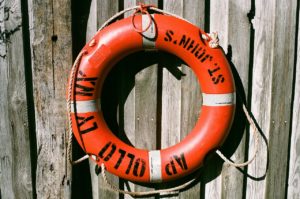
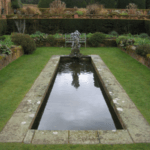
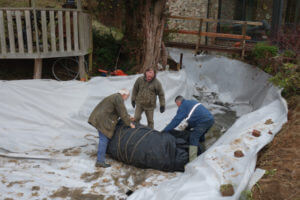
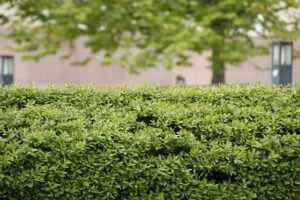 The intention of this article is not to come across as an alarmist but merely to highlight that it is better to put precautionary steps in place than to suffer a lose of equipments and, or fish as stories of theft are sadly not isolated incidents. Pond equipment is expensive and therefore attractive to anyone wanting to make easy money selling on to pond hobbyists.
The intention of this article is not to come across as an alarmist but merely to highlight that it is better to put precautionary steps in place than to suffer a lose of equipments and, or fish as stories of theft are sadly not isolated incidents. Pond equipment is expensive and therefore attractive to anyone wanting to make easy money selling on to pond hobbyists.